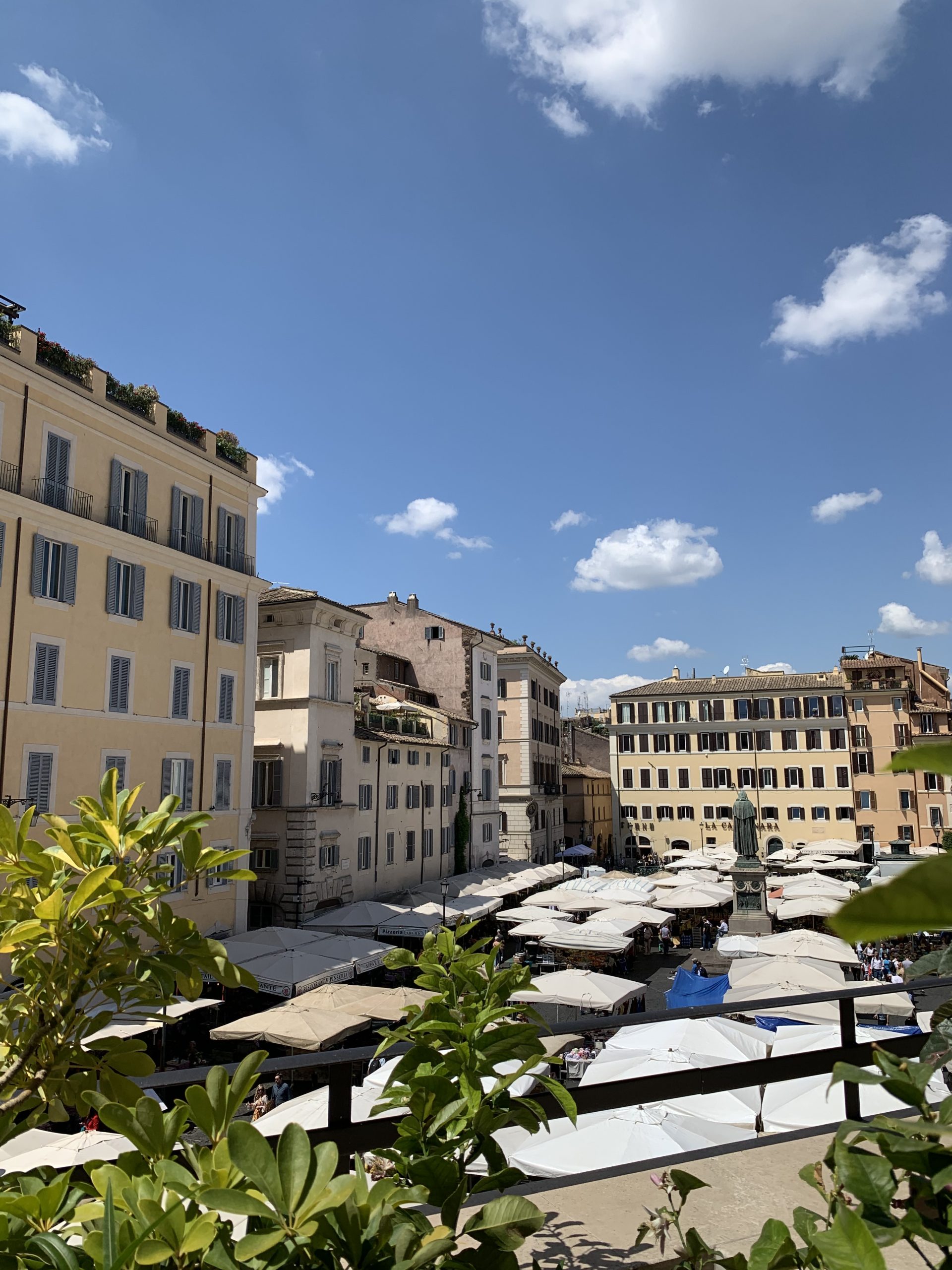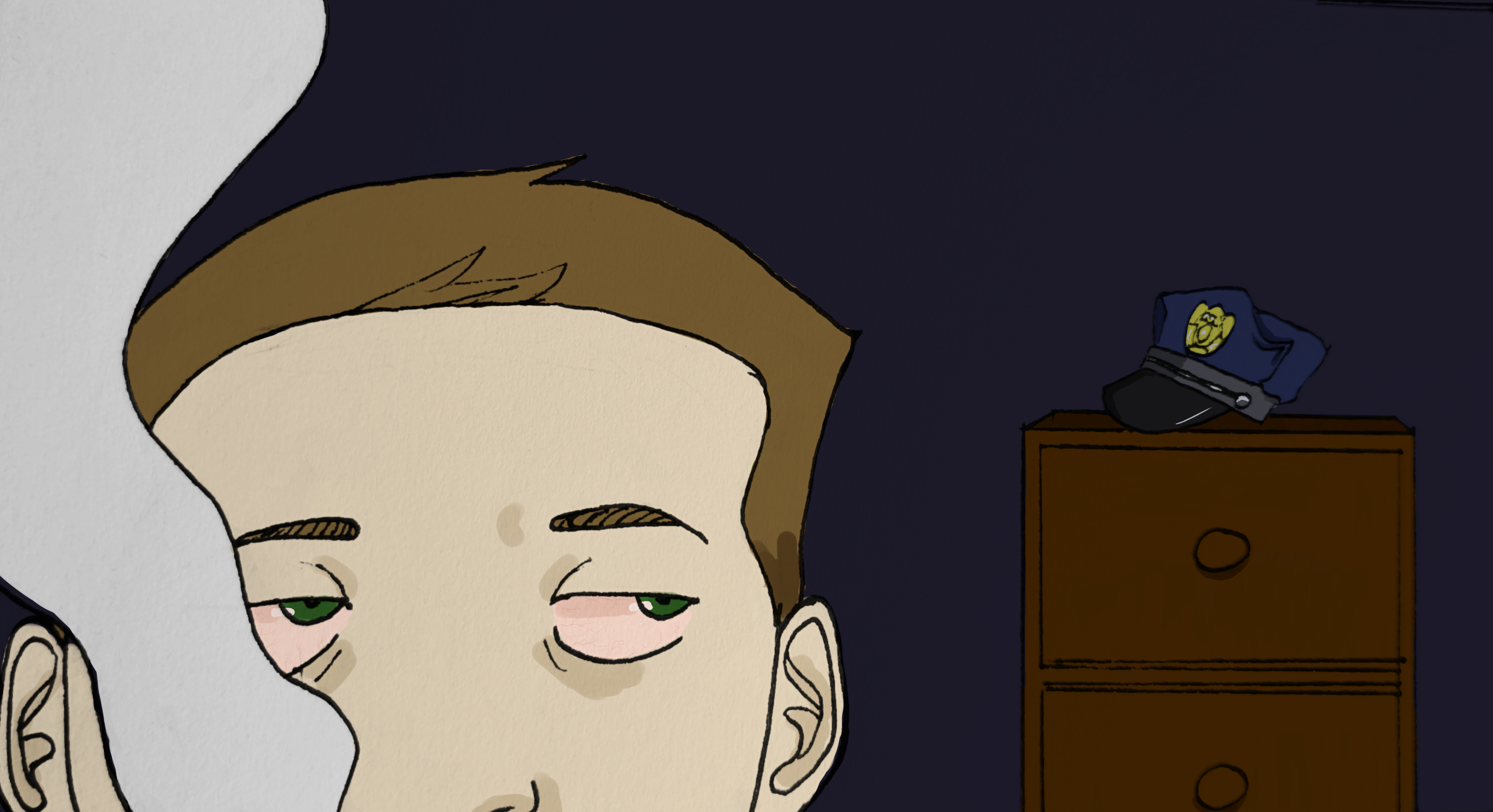UWT Student in Rome: Classes, Museums and Pasta
A big lifestyle adjustment that is completely worth it!
Art history classes at the Musei Capitolini, visits to popular gelato spots, weekend trips to Florence and writing assignments about food and travel: here is a bit of what I’ve come to expect while in the UW Rome in Residence study abroad program.
Being in Rome for six weeks now, I’ve adjusted to being outdoors for a majority of the day – having longer classes and cultural immersion at every turn. My days often end up being long – midmorning classes, made earlier by necessary morning coffee and pastry rituals, and late European dinners. Rome is an extremely walkable city, so a twelve-hour-outside day can be a bit tiring after 23 thousand steps. However, this creates more opportunities to step outside my comfort zone and immerse myself in European culture. This week, my Italian class plans on visiting an outdoor fruit market, where our professor will help us with the names of lesser-known fruits and vegetables along with monetary exchanges with local vendors.
This class, like many others, is one of the highlights of this program, as the hands-on approach to classes and homework assignments prepare us well for living in a new place and really learning the class content. Instead of lectures, my art history class meets at a new location twice a week – from Palazzo Altemps to the Caracalla Baths. On-site visits are also common with my creative writing class: I’ve noticed less homework and a greater emphasis on visiting places, learning about interesting stories and trying new activities. My last big assignment was a series of food memoirs, written in 50, 100 and 150 words about one food or drink (I chose fresh Italian orange juice) to emphasize word choice. The hands-on learning has been perfect, I’ve found that I’ve really retained information that may have otherwise been lost to me, such as the complex origin stories about Romulus, Remus and the She-Wolf.
With each outing also comes the opportunity to visit new neighborhoods and eat more food. Between my art history and creative writing classes, a three-hour break, I practically ate my way through Pigna – splitting a light pesto pasta dish and a Diavola pizza with a friend at lunch. For the second lunch, I picked up arguably the best Roman street food, suppli, creamy tomato and mozzarella fried risotto balls. For the dessert lunch (I’m really not kidding), acai bowls, because I felt it was time for something a bit more nutritious, and chocolate matcha gelato. Most days are like this, hence the late dinner custom around 8:00 p.m. onward. One surprise in Italy is that different regions have specialties and very much stick to them. Rome specializes in carbonara, cacio e pepe, amatriciana and other lighter pasta dishes. For heavier ragu, I had to take a weekend trip to the North!
The program highly encourages students to visit new cities within Italy, and lots of students have paired up and traveled all over. My first trip was to Florence, where I was able to prepare with insider trips from my professors about navigating crazy museum lines and good restaurants to check out. Only an hour train ride away, I was able to see Michaelangelo’s “David” at the Galleria dell’Accademia and Botticelli’s “Primavera” and “Birth of Venus” at the Uffizi. To top it all off, my roommate and I had a rooftop dinner overlooking the Ponte Vecchio and tried the best truffle ravioli ever.
The lifestyle is undoubtedly different: going to school in Tacoma meant comforting daily pho, working from home and rarely walking to avoid the rain. In Rome, all my work is done in sprawling gardens, walking everywhere and occasionally breaking my strict pizza and pasta diet for mediocre packaged ramen.



